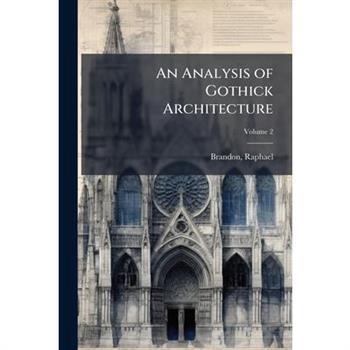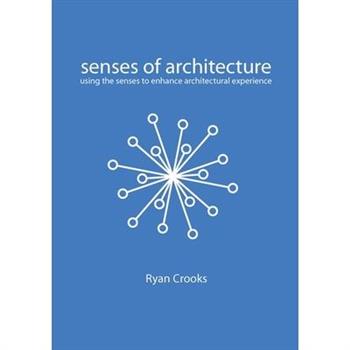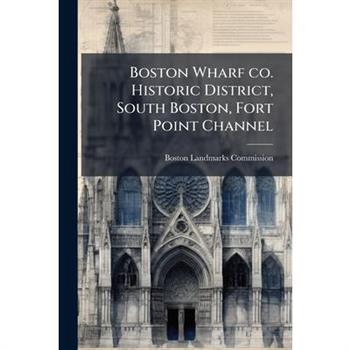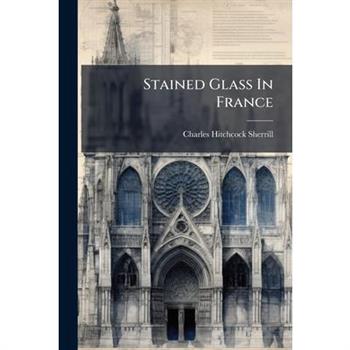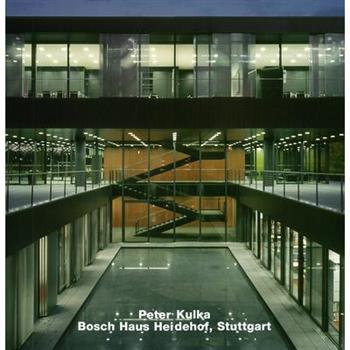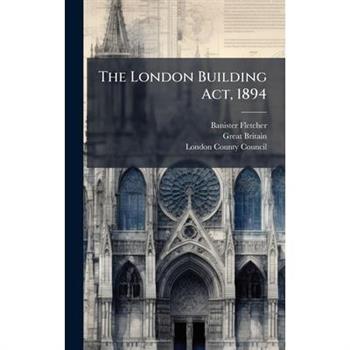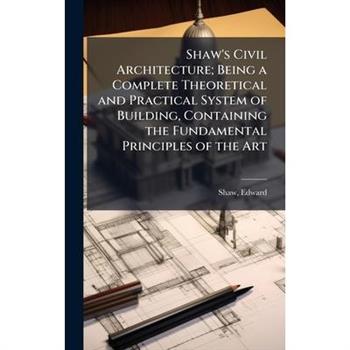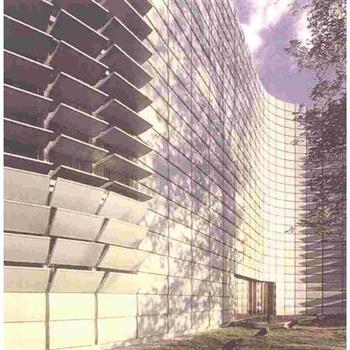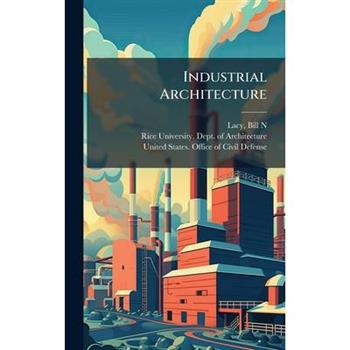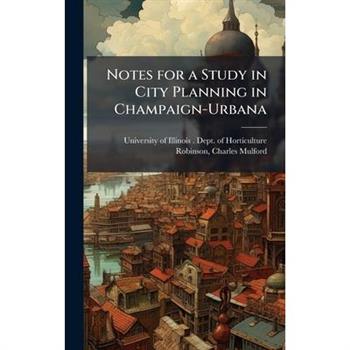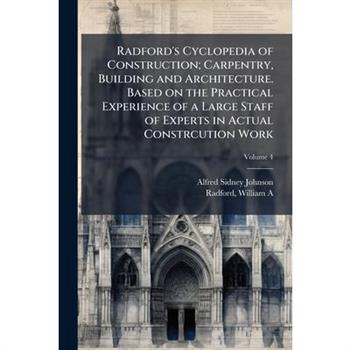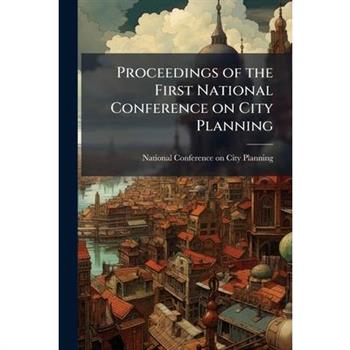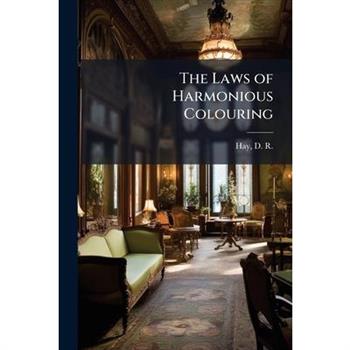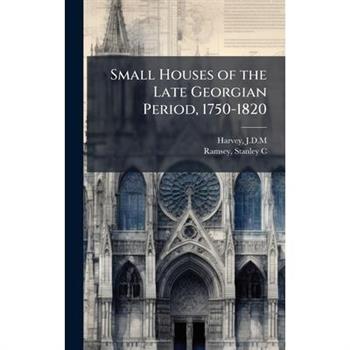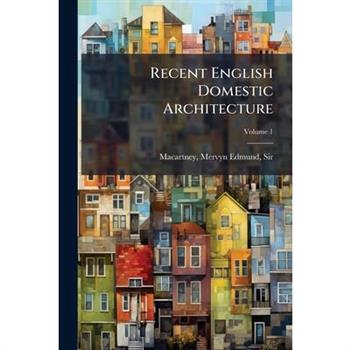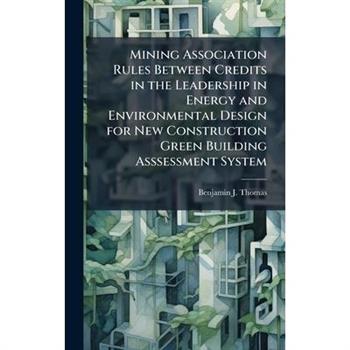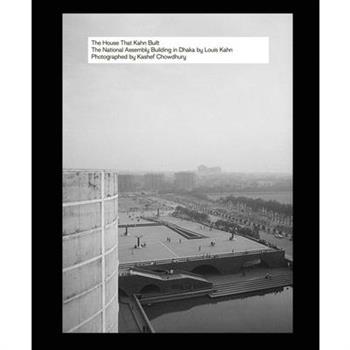Senses of Architecture
Senses of Architecture is a groundbreaking book that challenges the traditional approach to design by emphasizing the often overlooked senses. It explores how engaging all our senses-touch, smell, sound, and even taste-can enhance our experience of spaces, sparking a new wave of inspiration and intrigue among architects and designers. The book urges architects and designers to awaken these dormant senses, often neglected in modern design, to unlock a deeper understanding and appreciation of spaces. By moving beyond a purely visual approach, Senses of Architecture offers innovative solutions that make structures more dynamic and captivating. Senses of Architecture is not just a theoretical exploration, but a practical guide that empowers architects and designers. Through insightful guidance and practical examples, the book equips them with valuable tools for incorporating sensory experiences into architectural projects. It encourages a holistic approach to design and invites clients to consider designs that engage all the senses.
Neufert/Karle + Buxbaum Ernst-Neufert-Bau, Darmstadt
The team Karle and Buxbaum renovated the post-war Modernist building in Germany, breaking up the old cell structure to make larger units, thus restoring its former chrisma.
Peter Kulka, Opus 55
Next to a large villa of the early 1920's, now housing the Robert Bosch Foundation, a new accommodation was built.
Moderne, Postmoderne - Und Nun Barock? Entwicklungslinien Der Architektur Des 20. Jahrhunderts
Discusses the development of modern architecture in the context of architectural history.
Heinz Tesar Architecture of Layers
Heinz Tesar's architecure is associated with holistic ideas, and it is value-conservative in this sense. But at the same time, the architecture relates to its time, is modern, frank and open to consensus in a subjective dialectic between connection and isolation. However, the holistic concept is not concerned with hierarchical orders, but with relative weighting in a denomination process. He works from a fictitious, almost ritualized dialog situation, in which the levels for coming closer to a building idea can be accessed - in terms of drawing and of building itself.
Missao Portugal 2007
In the second half of 2007, the baton of the EU Council Presidency was passed to Portugal. The country decided to hold the majority of the planned meetings, conferences and summits centralised at a location in Lisbon. The chosen venue was the Sala Tejo of the Pavilhao Atlantico, which was converted to host the meetings on the future of Europe, culminating in the Treaty of Lisbon. The architects commissioned for this project, Baixa, Atelier de Arquitectura, successfully gave the venue - as well as the event - an impressive identity, marked by Portuguese culture and contemporary architecture. This book pays tribute to this ephemeral piece of architecture with a comprehensive collection of sketches, drawings and photos. In the accompanying and introductory texts, the project is viewed through the eyes of two well-known architecture critics as well as the Head of Mission of the Portuguese Presidency.
Berger & Parkkinen Nordische Botschaften, Berlin
Combining five countries, six buildings and six terms of architecture, the design of the Nordic Embassies in Berlin can be seen as an expression of the democratice ideal.
Heinz Tesar: Christus, Hoffnung Der Welt, Donau City, Wien
Heinz Tesar built this church as a spiritual centre, an oasis in the diaspora, for Donau City, a new residential and commercial centre of Vienna.
Alfredo Arribas. Seat-Pavilion, Wolfsburg
Alfredo Arribas designed the Seat pavilion, and has brought off the brilliant trick of making an essentially reticent building into the focal point of the Autostadt.
Reconnecting Cities, People, and Nature
Reconnecting Cities, People, and Nature ist ein Aufruf an Urban Designer, sich intensiv mit dem lebendigen Gef羹ge der Stadt auseinanderzusetzen. In Zusammenarbeit mit menschlichen und nicht-menschlichen Akteuren sowie verwandten Disziplinen k繹nnen sie eine Transformation ansto?en, die St瓣dte zu nachhaltig sozialen und nat羹rlichen ?kosystemen gestaltet. Zwanzig inspirierende ?bungen untersuchen, wie eine Stadt als komplexes Biotop verstanden werden kann, und regen zu Handlung und Ver瓣nderung an. Vorwort von Rahul Mehrotra Zwanzig ?bungen basierend auf Praxis und Lehre Mit handgezeichneten Illustrationen
Hans Dieter Schaal
An architect who draws on his knowledge of stage sets to design spatial sensations with complex themes.
Metropolis
The film that Fritz Lang made in the Babelsberg studios near Berlin in 1925 includes one of the first 20th-century city fantasies.
Rob Krier Cite Judiciaire, Luxembourg
With the >Cite Judiciaireyouthful dream. Krier's son-in-law and office partner, Christoph Kohl was involved in the execution, as was his distant relation and Luxembourgian contact architect, Jean Herr.
Planning Rural Landscapes
Appealing to a broad audience, this book bridges different issues, from landscape to ecosystems, planning to implementation, and policies to local community willingness. This book outlines a methodology for defining Green Infrastructure (GI) in rural landscapes, showing how it underpins Ecosystem Services (ES) and aligns with various EU directives. There are presented examples in Portuguese rural landscapes alongside international initiatives from several countries.Building on the concept of landscape as an open, autopoietic system with distinct resilience thresholds, the book demonstrates how GI serves as a versatile framework to support ES, implement Nature-Based Solutions and the more recent Nature Futures Framework scenarios. Through real-world studies, the authors illustrate its flexibility and applicability across different scales and environments while respecting each location's unique characteristics.Written for planners, designers, policymakers, and academic institutions, this book offers a valuable resource for supporting sustainable land management, public policy formulation, planning, and innovative design practices, fostering informed debate on these topics and advancing eco-conscious initiatives for a sustainable future.
Notes for a Study in City Planning in Champaign-Urbana
Katsura
A captivating and comprehensively illustrated study of the seventeenth-century Katsura Imperial Villa in Kyoto, JapanAn outstanding example of Japanese architecture, Katsura has inspired countless architects from Bruno Taut and Le Corbusier to Tadao Ando and Kenzo Tange, and is often considered a precursor of Modernist tendencies.Now available in a new format, Katsura Imperial Villa offers an in-depth exploration of the seventeenth-century palace in Kyoto, Japan through detailed drawings and historical analysis.The extensive selection of maps, drawings, and photographs make this book an indispensable reference work and offer unprecedented access to this beautiful palace.
Small Houses of the Late Georgian Period, 1750-1820
Green Iot and AI for Sustainable Development of Smart Cities
A Smart City is an urban area in which digital technology is used to connect the infrastructure and services to improve the efficiency of the city's operations and the quality of life of its population in terms of mobility, energy, security, housing, and more. This book describes the systems and the infrastructure requirements of smart cities and explores how the integration of the Green Internet of Things (G-IoT) and Artificial Intelligence (AI) help improve the efficiency and safety of cities' systems, as well as reduce costs. The book provides useful information for researchers, policymakers, urban planners, and technology leaders.
Licht Tanz / Light Dance
What is between us ? Between us and the universe ? Between everything ? Quantum physicists, astronomers and astrophysicists teach that there is something between all and everything - a world far from physical laws as so far 罈untouched reality竄 and 罈infinite sea of energy of multidimensional implicit order竄. ... To sense this in-between as a web of boundlessly flowing vibrations of light in immanent beauty - in frozen snapshots of its hitherto invisible self - on our planet earth, as outside of it: in places of devotion, of nature, as of the city, at the level of the quantum, as in the filaments of our universe - this is the contribution of this enquiry. ...竄
The House That Kahn Built
Kashef Chowdhury's fascination for Kahn's parliamentary building in Dhaka inspired this volume of photo essays. Kahn's design is characterized by an innovative architectural language that combines western and eastern traditions, forms and materials. Working from his Urbana practice in Bangladesh, Kashef Chowdhury designs architecture that is rooted in the history and nature of its location - whereby the latter also relates to a spiritual and cultural level. This explains his fascination for Kahn's parliamentary building in Dhaka, which inspired this volume of photo essays. Kahn's design is characterized by an innovative architectural language that combines western and eastern traditions, forms and materials. For instance, in view of the great importance of water in Bengali tradition, he placed the building complex by an artificial lake. Furthermore, although it is defined by strict geometrical forms, the parliamentary building reflects the transcendental nature of the National Assembly, defining the hopeful founding years of the independent state of Bangladesh.




